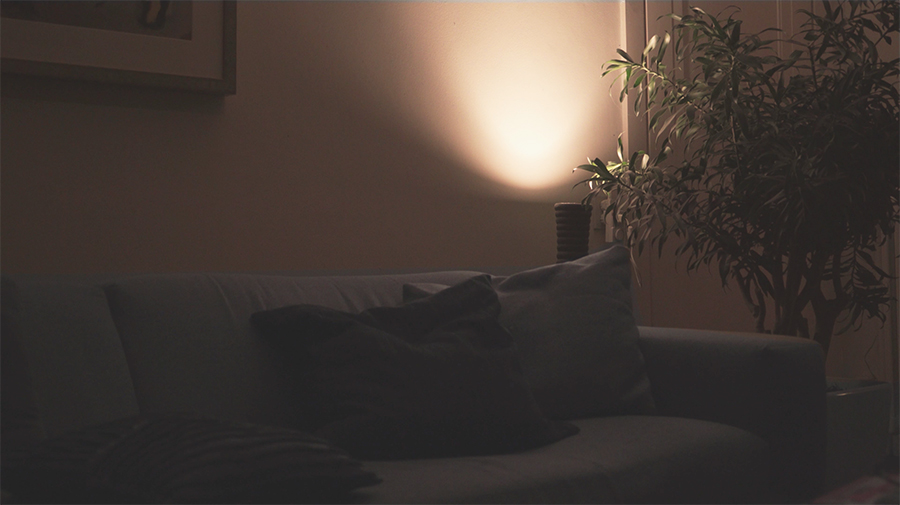
Best Buy Guide: Zigbee vs. Wi-Fi Smart Lighting
This is the second part of Maija's comparison of smart lighting. Follow this link for part one. The views expressed here are those of the author and do not necessarily reflect those of Athom.
The smart lighting brand has exploded over the past few years. After the unexpected success of Philips Hue, many other brands, experienced and unexperienced, have entered the fray. In Sweden, where I'm from, you can currently choose between 13 brands that offer smart bulbs communicating via three different wireless protocols: Wi-Fi, Zigbee and Z-Wave. For a quick overview, I made this handy table.
Naturally, the question 'which one is the best for me?' arises. It depends, really. You need to consider several aspects to make the best choice for you. Let me guide you.

The protocols
Different smart bulbs communicate via different smart-home protocols. You could think of them as languages. The most common of these 'languages' are Zigbee, Wi-Fi and Z-Wave. Since Z-Wave bulbs are not all that popular, and I haven't had the chance to test any of them myself, I will focus primarily on bulbs that talk via Zigbee and Wi-Fi.
Wi-Fi
The biggest difference for you, as a consumer, is that bulbs that work with Zigbee and Z-Wave need a so-called controller (or hub, bridge, gateway, they are all the same thing) to communicate with each other and your mobile phone. Bulbs that 'speak' Wi-Fi can be controlled directly. Connect them to your home Wi-Fi network and it's done: happily chat away.
While Wi-Fi bulbs are really easy to set up, having many of them can easily lead to unexpected side-effects. You see, the run-of-the-mill consumer-level Wi-Fi router is really not made to communicate with more than about 15 Wi-Fi devices at a time. Get more and you will notice the network becoming progressively more sluggish and unstable. Even with low traffic.
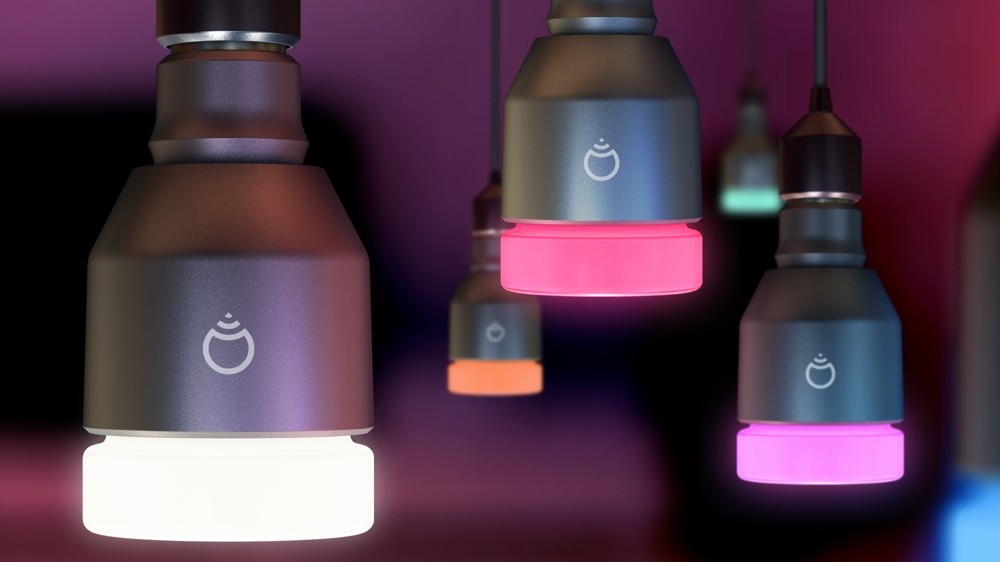
So if you live in a small apartment and just want a few smart bulbs to brighten your days (and nights!) - or know your way around scaling your Wi-Fi network - bulbs that work with Wi-Fi might be the best choice for you, protocol-wise. Be aware, however, that unless you use a controller such as Homey, you will need to use a separate app for each brand of smart bulbs you want to install.
The two biggest brands in Wi-Fi smart lighting in the Swedish market currently are Lifx and TP-Link. Both of them work perfectly fine with Homey.
Zigbee
Alternatively, you can use Zigbee bulbs. To use them you'll need a controller. Every brand that offers these bulbs also offer a controller. Smart home controllers that understand Zigbee, such as Homey, can also function as a controller. With the added value that they can connect and automate all sorts of fun and smart things in your home as well, and not just lighting.
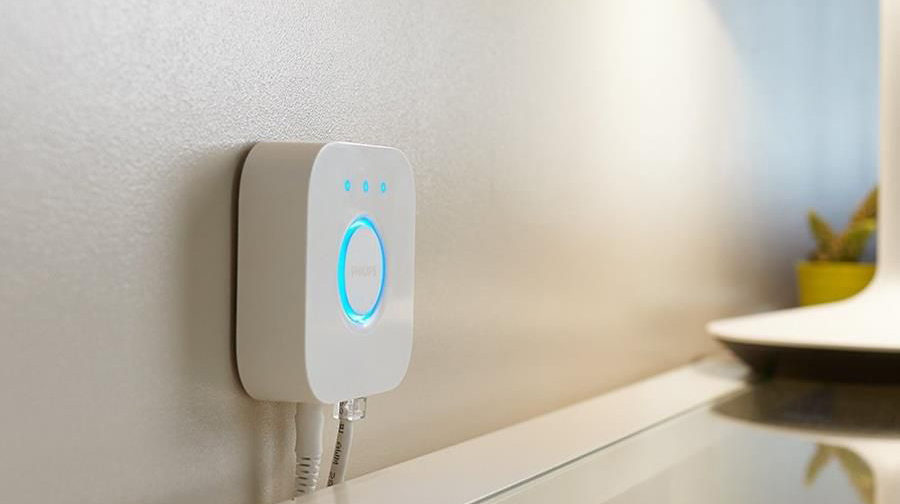
It is somewhat more complicated to set up a Zigbee controller and then get the bulbs to communicate with it (a process often referred to as 'pairing'), than getting a Wi-Fi bulb up and running. However, there's good news! Bulbs from different manufacturers can use one and the same controller to talk to each other and to you. In other words: they are 'compatible'. Most of the time. It is not a 100% guarantee, really. And if you want to use them with Homekit, the popular smart home app from Apple, you are forced to use the designated gateway for each of your smart bulb brands (thanks, Apple).
Unless you use a smart home controller such as Homey. You see, if you use Homey, you don't really have to care about any of this stuff. Just download the right App for your type of bulb, pair it to Homey and light away. To use them with Homekit, just download one of the Homekit apps available on their Appstore.
The sockets
Another aspect to consider is the sockets. Same as with 'regular' light bulbs, smart bulbs have various types of sockets to fit in your favourite lamps. Unlike 'regular' light bulbs though, the smart bulbs are only available for the most popular socket types: E27 (the common large socket), E14 (the common slim socket) and GU10 (commonly used for outdoor lighting, as well as downlights).
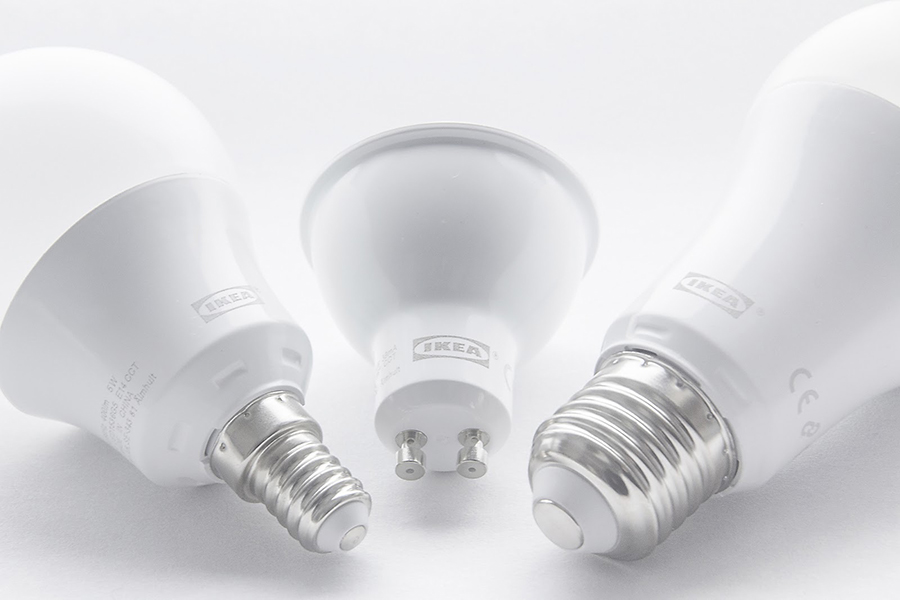
So, if your favourite lamp uses another type of socket, you are kind of out of luck when it comes to smart bulbs. Same goes for the bulbs themselves. That fancy naked Edison bulb in your window? Sorry, not available in a 'smart' version.
However, for these use cases you could consider a smart electric plug or smart built-in electrical switch. But those are outside of the scope of this article.
IKEA, Philips, Innr and Osram offer bulbs for all three socket types. Lifx offers bulbs for E27 and GU10 sockets, while TP-Link smart bulbs only fit E27 sockets.
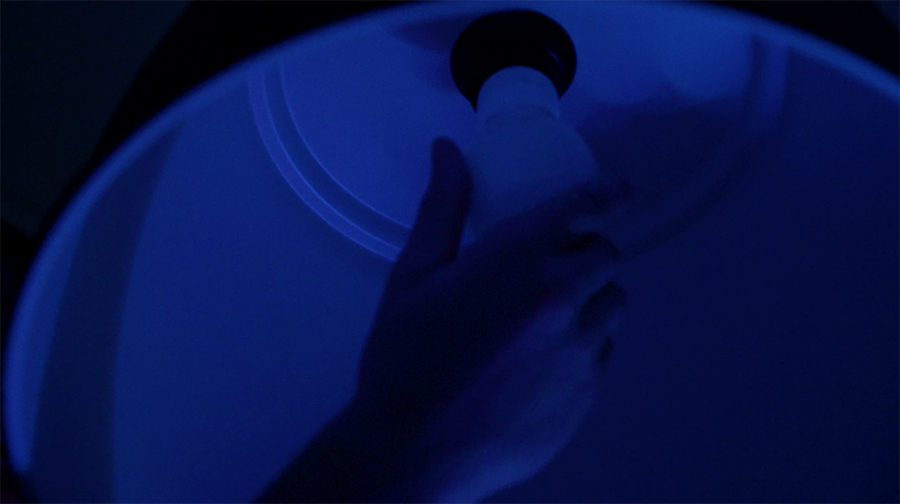
The colours
All smart bulbs, regardless of any other parameters, come in one of three different colour types.
White dimmable bulbs
These are the cheapest smart bulbs available, regardless of brand. These bulbs are pretty much like your common 'dumb' bulbs: you can dim them, as well as switch them on and off, and that's pretty much it. Unlike 'dumb' bulbs, you can use an app on your phone to do it. With help of an app or a controller like Homey you can also schedule the bulb to turn on or off at a specified time or in response to some other event.
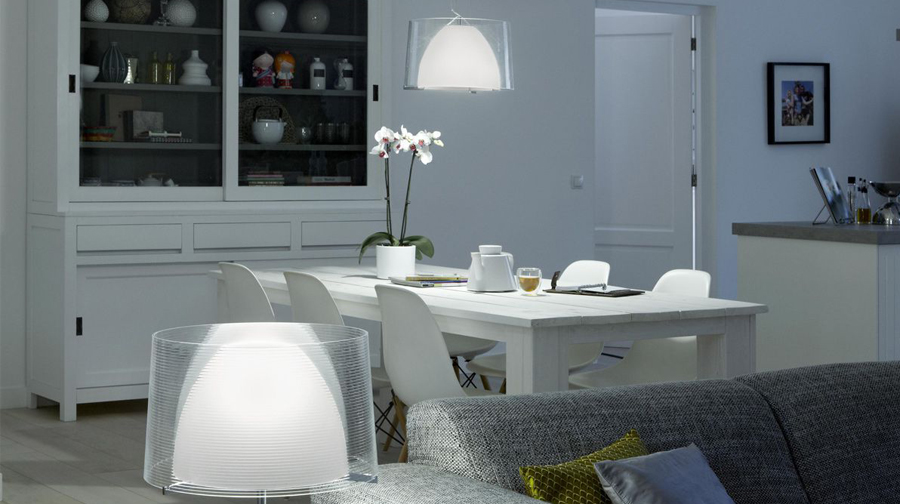
White dimmable bulbs are a good choice for spaces you won't spend too much time in: the basement, the attic, your pantry and such. They offer good value for money and you can pair them up with some motion sensors and automate when they switch on and off, which results in some nice energy savings and less complicated life overall.
White tunable bulbs
With white tunable bulbs, you can not only dim your lights, but also change the colour temperature. The warmest end of the temperature scale bottoms out at 2200K for most bulbs (1500K for a Lifx Mini Day&Dusk) and makes for a really cozy yellow evening cuddle light.

The coldest end of the spectrum varies more widely. From 4000K (IKEA Trådfri bulbs) to 6400K (Philips Hue), to icy 9000K (Lifx RGB bulbs), and can be really great for focused work, cleaning and other activities when you need that extra energy boost on a cloudy or plain dark day (and boy, do we have a lot of those up here in the North).
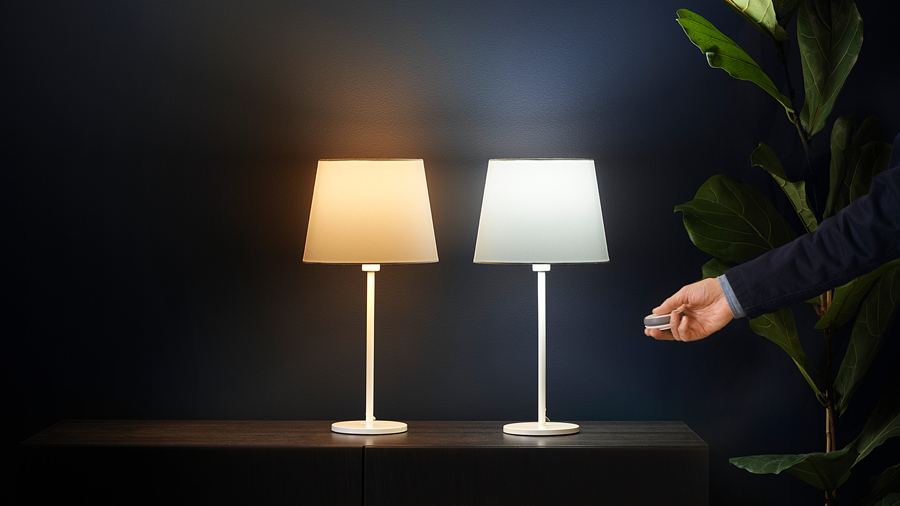
White tunable bulbs are a great fit for spaces like your kitchen, the bathroom, that nice reading nook, as well as your home office. With Homey, you can even create a Flow that will automatically adjust the light temperature based on the time of day and enjoy ambience that matches your level of activity throughout the day.
Colour bulbs
These are the bulbs everyone actually thinks of when they hear 'smart bulbs'. They can shine in up to 16 million colours (or so they keep telling me, I think I have used about 30 all in all), and when you combine them in a space, you can achieve some pretty cool effects.

Some smart light vendors (Philips Hue) also offer possibilities to sync the colours of your smart lights with what is on the TV, which means a more immersive Netflix or gaming experience. Others (Lifx) have very well thought-out themes in their app which create a colour ambience themed after a picture, by lighting the smart bulbs you have in different colours. You can play with them indefinitely, creating unique colour combinations that fit your mood and activity precisely. From Netflix-and-chill to a hardcore techno pre-party, to a festive-yet-cozy- dinner atmosphere.

So yes, smart RGB bulbs are great. But so are their price tags. Even the cheapest ones start at 35€, and goes upwards from there. So use them wisely and in spaces where you will really want to enjoy them for a long time to come. For example in your TV / gaming space and living room, or wherever you usually invite your friends over to hang out.
The accessories
Paradoxically enough, this is probably the most important part to consider when choosing the right smart bulb brand. Not the bulbs themselves, but the accessories available.
Wi-Fi smart bulbs currently have no accessories related to them. No sensors, no remotes, no anything (TP-Link offers smart plug-in outlets, but you can't use them to control your lights with the way you could with a remote or sensors). Either you use an app to interact with the bulbs, or you connect them to an external controller like Homey and 'trick' remotes, sensors and other smart home gadgets to talk to them that way, pretty much regardless of what language they speak.
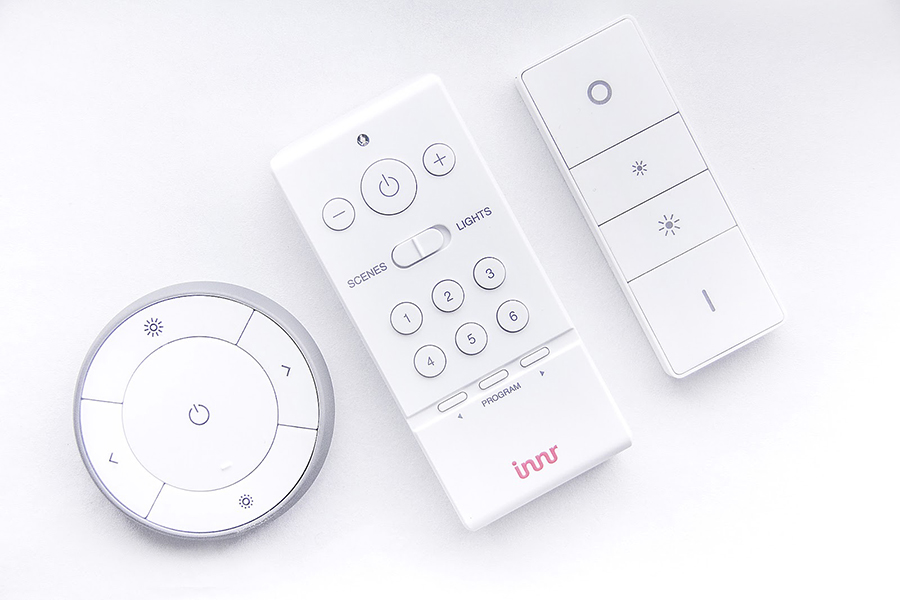
However, if you are buying smart bulbs that talk Zigbee, each manufacturer provides a range of accessories that offer you an opportunity to make your home smarter beyond just lighting up the place. And unlike smart bulbs which under most circumstances will work with any Zigbee-speaking controller, the accessories work by and large only with the controller of their own brand. Not only different brands provide different accessories, the accessories themselves have different functionalities, especially the remotes.
For an overview of accessories available from each smart bulb brand, I made this handy table.
There you go!
So there you go! A somewhat technical background to smart lighting. If you want a more retail oriented point of view, take a look at part 1 of this article.
Happy shopping!
I am really grateful to my friends and partners who provided the lamps I used for testing: Athom, m.nu, TP-Link (via Related), Innr, IKEA Sweden and Lifx.
Maija Vilkina writes for snillevilla.se, a leading Swedish smarthome blog. This is the second part of Maija's comparison of smart lighting. Follow this link for part one.
The views expressed here are those of the author and do not necessarily reflect those of Athom.






